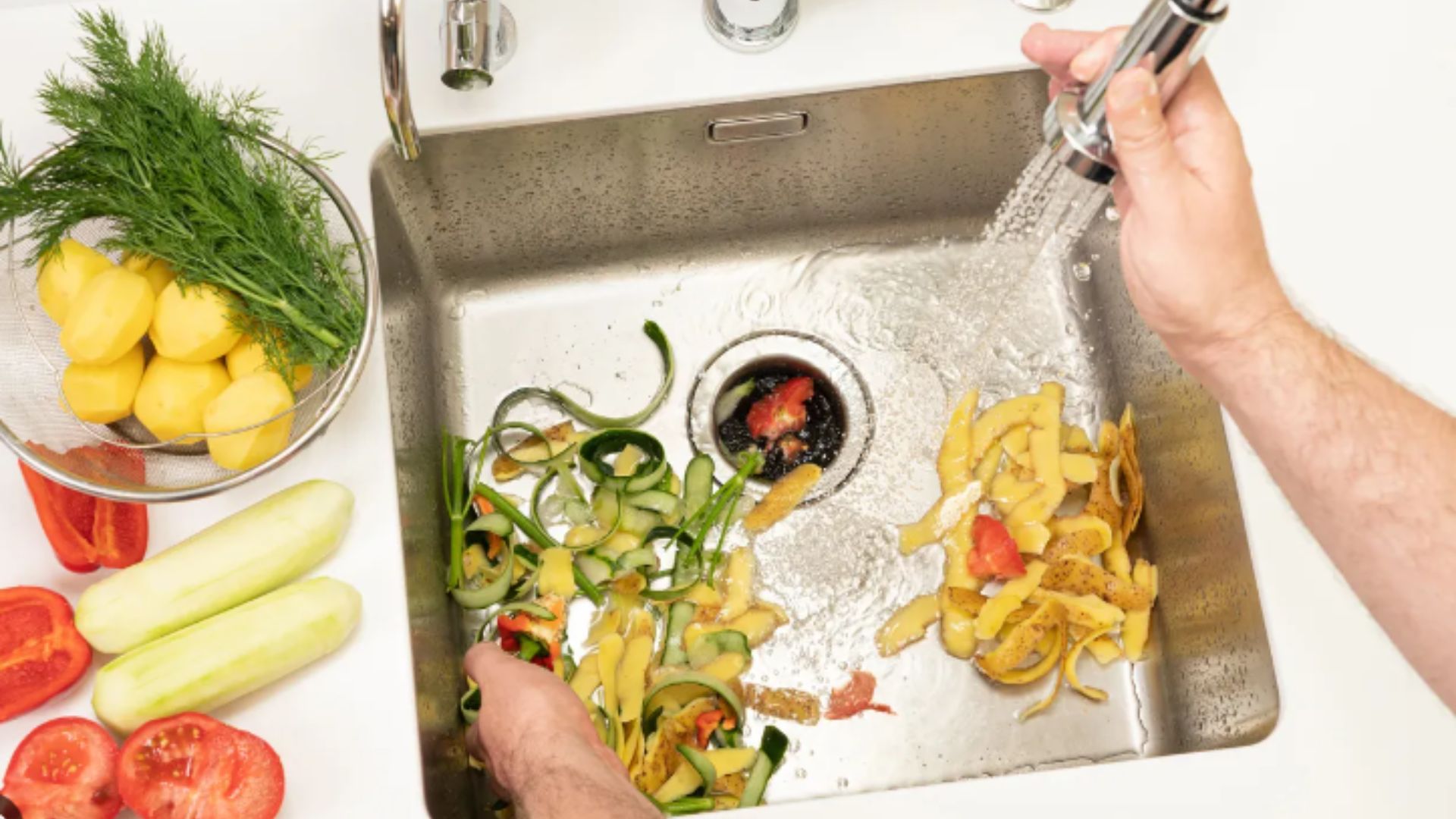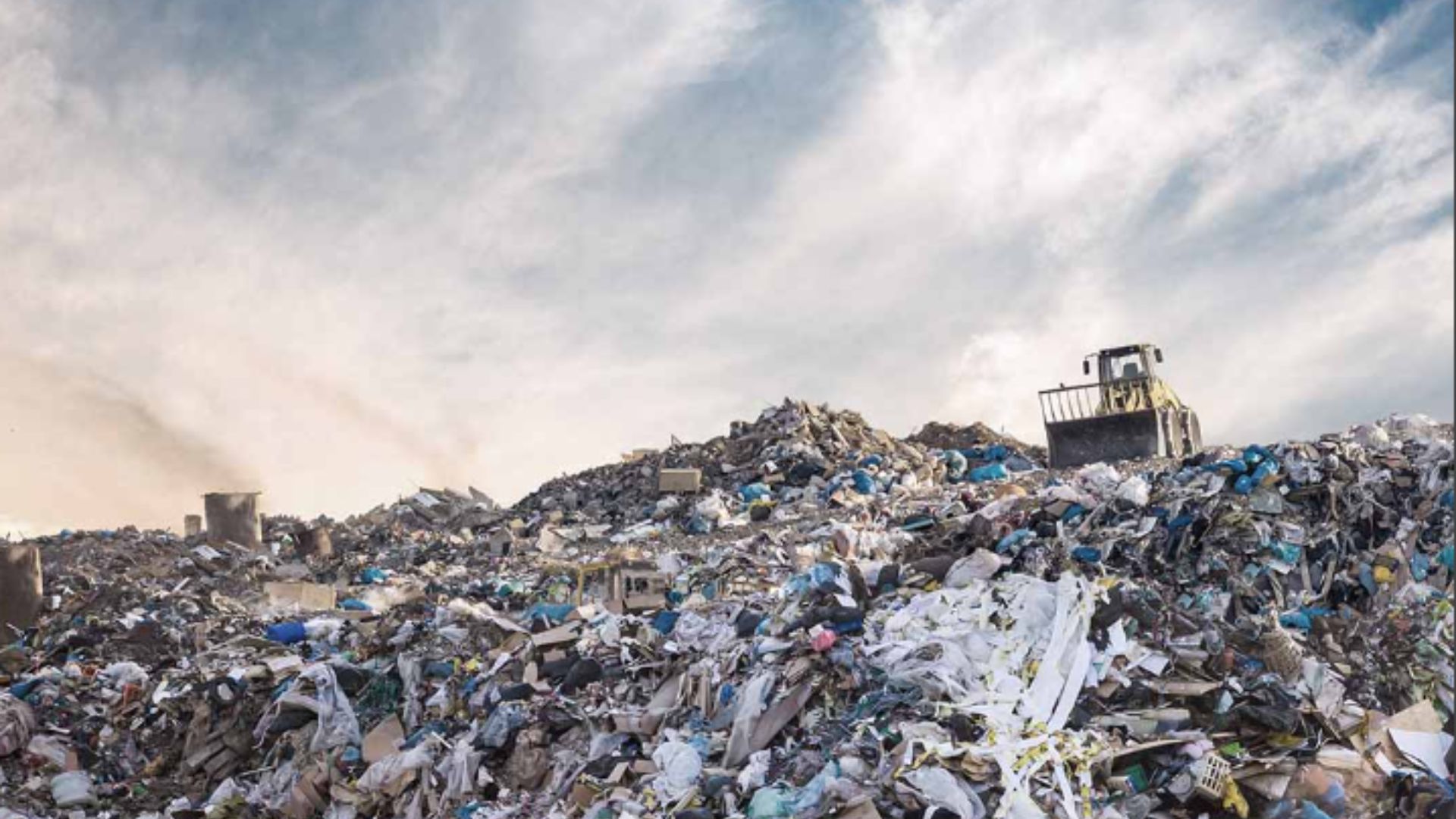Ever wondered how that whirring sound magically transforms leftover food scraps into a disappearing act? The unsung hero of your kitchen sink, the garbage disposal, utilizes a clever combination of physics and grinding power to maintain a smooth-flowing drain. But understanding how your garbage disposal works is just the first step. Knowing how to use and maintain it safely ensures optimal performance and prevents costly repairs. Unleash the power of your Garbage disposal! Essential garbage disposal tips for safe and efficient kitchen cleanup.
Let us look into the science behind your garbage disposal, exploring its inner workings and the principles that keep your kitchen sink functioning flawlessly. We’ll also provide practical tips on keeping your garbage disposal safe, preventing jams, and ensuring its longevity.

Impellers and Grinding Rings
At the heart of your waste disposal lies a powerful impeller. This spinning component, typically made of stainless steel, looks like a propeller with sharp blades. As you turn on the disposal and water flows through the unit, the impeller rapidly spins, creating a centrifugal force.
This force propels food scraps against a grinding ring, a stationary component with coarse teeth located along the bottom of the disposal chamber. The grinding ring effectively shreds the food scraps into tiny particles, allowing them to easily flow through the drainpipes.
Flushing Away the Grind
Water plays a crucial role in the science behind your garbage disposal. It serves two primary purposes:
Lubrication
The constant flow of water helps lubricate the impeller and grinding ring, reducing friction and preventing overheating.
Flushage
The water flow also acts as a flushing mechanism, carrying the ground-up food particles down the drain and preventing them from accumulating within the disposal unit. Never operate your garbage disposal without running water. Doing so can damage the motor due to overheating and can also lead to unpleasant odors.
Safety First: Keeping Your Disposal Happy
While garbage disposals are designed to handle a variety of food scraps, there are certain items that can cause blockages, damage the blades, or even dull them over time. Here are some key safety tips to keep your garbage disposal safe:
Avoid Fibrous Foods
Fibrous materials like corn husks, celery stalks, and artichoke choke can tangle around the impeller and cause jams.
Go Easy on Greasy Items: Excessive grease can solidify inside the disposal and lead to clogs. Scrape off excess grease from pots and pans before disposal.
Coffee Grounds
While some debate surrounds coffee grounds, they can contribute to a buildup within the disposal and dull the blades. Consider composting them instead.
Eggshells and Bones: These hard items can damage the grinding ring and blades. Eggshells can also contribute to unpleasant odors.
Chemical Warfare
Avoid pouring harsh chemicals like bleach or drain cleaners down your disposal. These can damage the internal components and potentially harm your plumbing system.
By following these safety guidelines, you can ensure your garbage disposal operates smoothly and efficiently for years to come.
Conclusion: A Symbiotic Relationship with Your Garbage Disposal
Understanding the science behind your garbage disposal empowers you to use it effectively and safely. Remember, your disposal functions best when treated with respect. By avoiding harmful items and maintaining proper usage habits, you’ll cultivate a symbiotic relationship with this convenient kitchen appliance, keeping your sink happy and your drains flowing freely.
So, the next time you hear that familiar whirring sound, appreciate the clever engineering that keeps your kitchen functioning smoothly. With a little knowledge and responsible use, your garbage disposal will continue to be a valuable ally in your food prep and cleanup routines.



